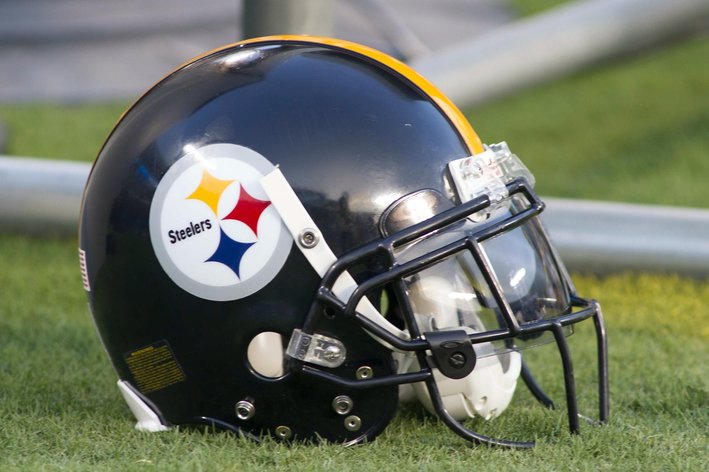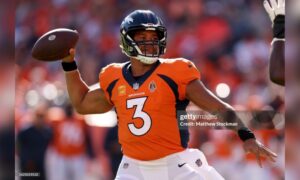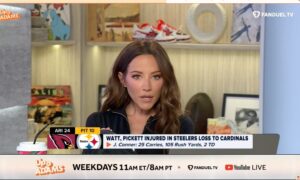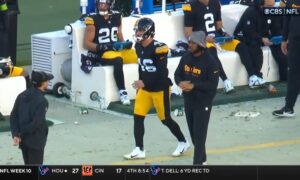The owners are meeting this week to wrap up a few odds and ends regarding the rules. The officials have also gathered to discuss the new rules already in place and what the points of emphasis in officiating will be this season. Both of these are subjects I’ve already talked about.
But the new lowering of the helmet rule is one that remains so poorly understood (because it has not yet been properly explicated) that it is worth talking about any sort of clarification that the NFL provides, and Troy Vincent did provide at least some assurance in that respect.
While I previously talked about his explanation for what sort of hit will result in an ejection, he also talked about what sort of hits they are not looking at with an eye toward a penalty. As he explained on Twitter, “it’s a foul if a player lowers his head to initiate and make contact with his helmet against an opponent”, according to the rule.
But he added that “the standard for the Use of Helmet foul is lowering the head (not to include bracing for contact) and initiating and making contact to any part of an opponent with the helmet”. Notice the exception here that allows players to lower their helmet in order to brace for an impact, even if that motion results in them initiating contact.
Now, that’s not going to be the easiest thing in the world to officiate. It’s not always obvious what a player’s intent is when it comes to his movements on the field. Is he taking an offensive or defensive posture? Is he looking to strike or bracing for one? These questions can be asked of a player on either side of the ball.
Likely the trickiest area to officiate the lowering of the helmet rule is going to come between the tackles between offensive and defensive linemen, who may routinely make contact with their helmets on nearly every play.
Vincent said that that are hoping to encourage coaches “to develop playing techniques and teaching progressions that emphasize use of hands and shoulders to reduce helmet contact”. The ultimate intent of the rule is “for players to use the helmet strictly as protective equipment”, rather than as a weapon.
He admits that in some areas related to this topic, the lower levels of football all the way down to peewee are and have been already significantly ahead of the curve in comparison to the NFL. Emphasizing play with the right technique should help to reduce the usage of the helmet in this manner.
Of course we just have to wait and see how it actually plays out on the field. According to the Washington Post, the league told teams that they found about five instances of the rule being violated in reviewing the 2017 season, though that’s not indicative of how frequently it would actually be called during a live game.








